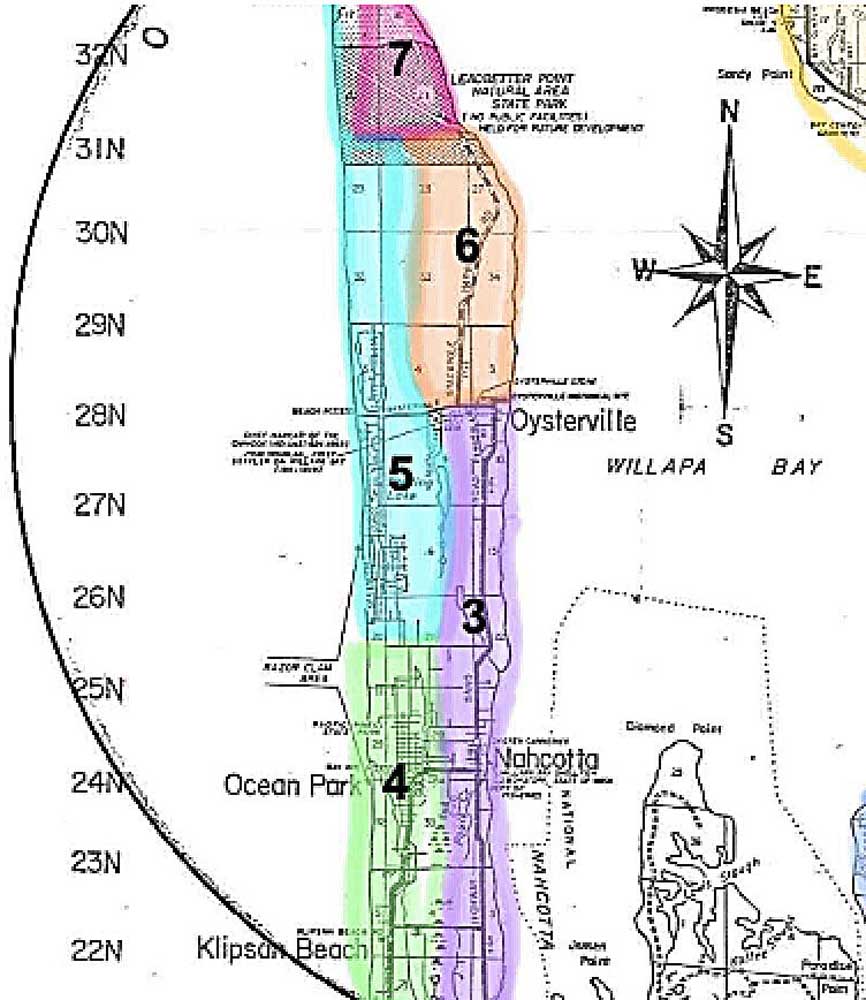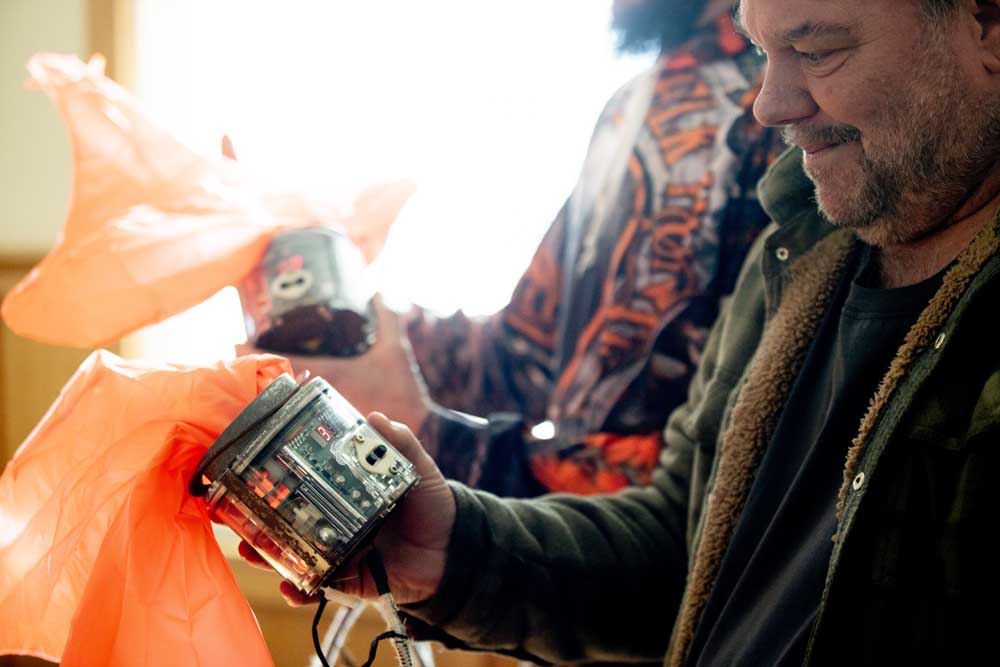Birding: 121st Annual Christmas Bird Count 2020 tallies the Leadbetter Circle
Published 1:10 pm Wednesday, December 23, 2020

- This year there were eight sections in the bird count. The eighth was carved out of Group 5. Sections 1 and 2 are on the mainland shore of the bay. The count circle is 15 miles in diameter in keeping with other circles throughout the Western Hemisphere.
Mid-December to the first week in January is always an exciting time for birders. Annual Christmas bird counts are being held at this time all over most of the world. The CBC or Christmas Bird Count in the western hemisphere is administered by the National Audubon Society.
Trending
Robert Sudar is our complier and our organizer for the count is Suzy Whittey. This year’s national count took place Dec. 14, 2020, through Tuesday, Jan. 5, 2021. For us, Saturday, Dec. 19, was the big day for making birds of the Willapa Wildlife Refuge and the Peninsula count.
Covid-19 changed things considerably. The number of counters in our circle was down from just over 30 annually to 14. Covid-safe protocol was in force and carefully observed. Generally speaking, the weather cooperated. The clouds were high and light winds prevailed. The temperatures for the day varied between 45 and 50 Fahrenheit.
The Leadbetter Circle consists of eight sections. The circle itself has a diameter of 15 miles. Volunteer birders bird their section counting every bird they see or hear during the day from dawn until dusk. Thus, after the count, there is information not only on the specific species seen, but also an indication of the total number of birds in the circle that day.
Trending
As of this writing all of the results have not yet been compiled. However, a few pieces of information are known. The bar-tailed godwit, for example, which has been observed for several weeks now was recorded on the day of the count. It is a rare species in our area. Several mourning doves were also observed. This species is considered occasional on the Peninsula which means it is usually seen several times a year or locally. I have also been told that pine siskins are now appearing in record numbers on the Peninsula and it is thought that pine siskins were present on the day of the Leadbetter CBC. I anxiously await count numbers. Pine siskins are irregular or irruptive migrants that come south of their breeding grounds whenever trees’ seed crops dwindle in the north. In 2017 pine siskins were basically absent on the day of the count. Only one was reported that year, but some feeders were reported to have hundreds on a daily basis during several weeks before the count took place in 2017.
All of the details and findings of the Leadbetter Christmas Count will be available in a week or so. I expect that the top 10 species will mainly consist of shorebirds and waterfowl with a few songbirds thrown in. We’ll see! Stay tuned, I will keep you informed!
”Common Birds of the Long Beach Peninsula,” by Kalbach and Stauffer, is available from Bay Avenue Gallery, Time Enough Books and the Long Beach Peninsula Visitors Bureau.









